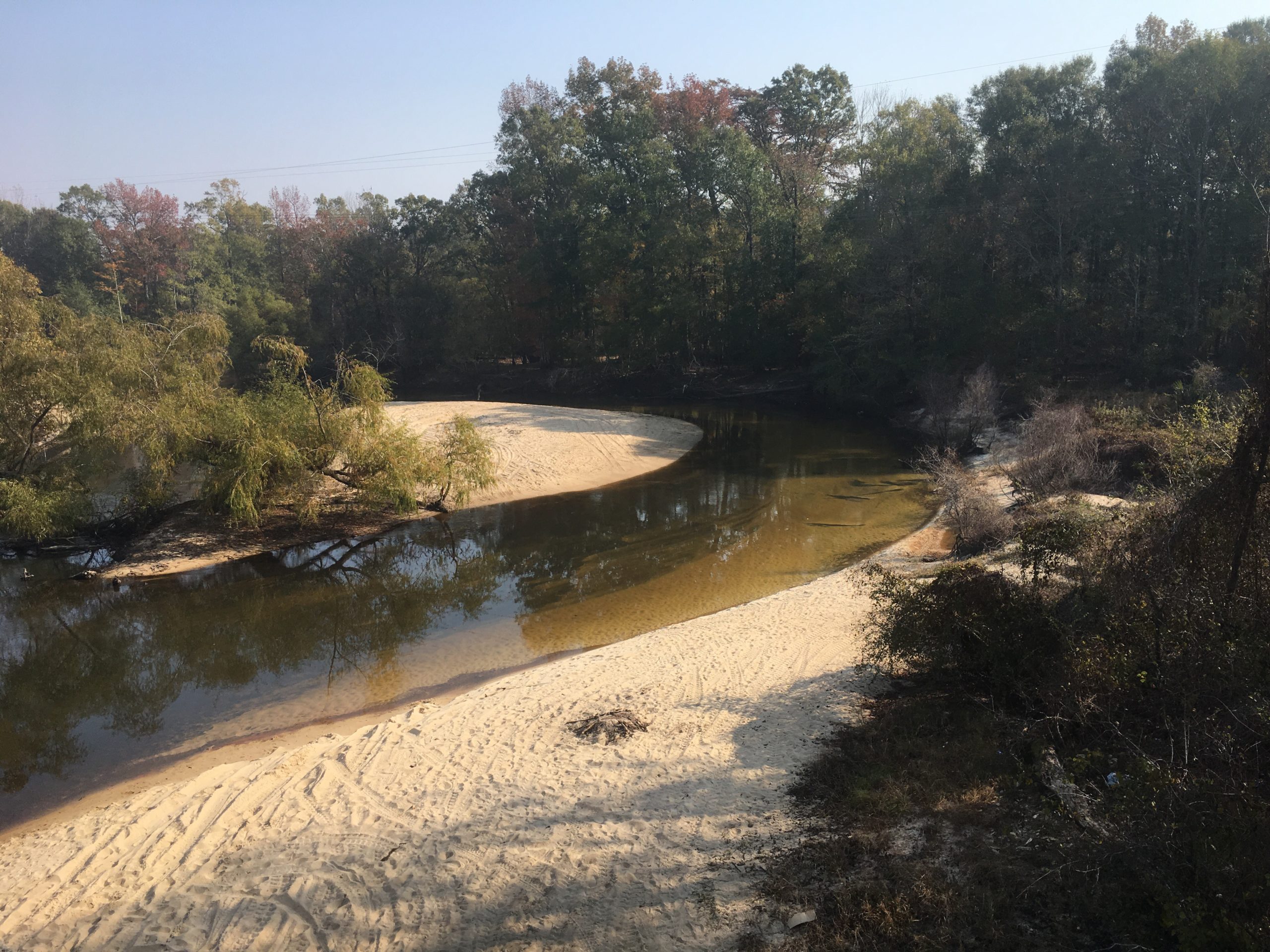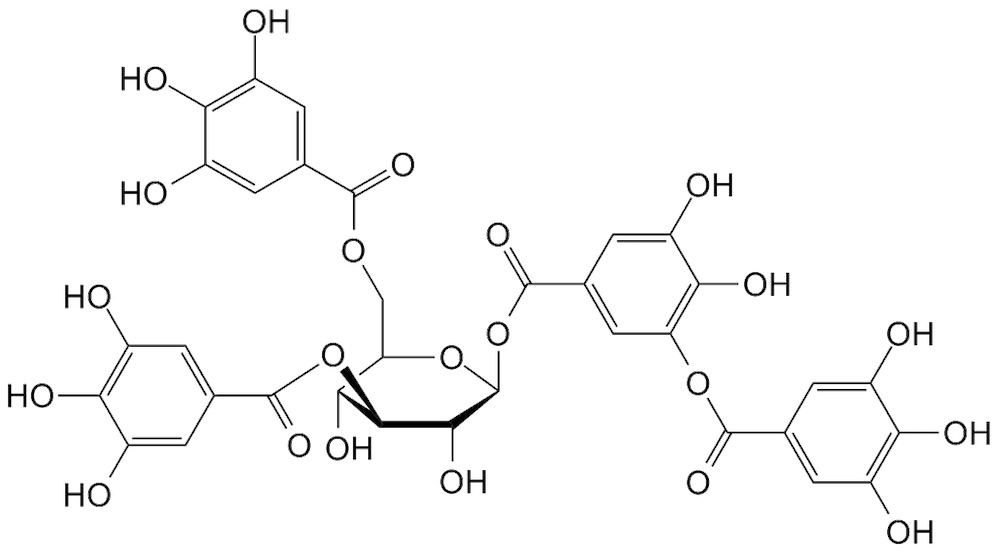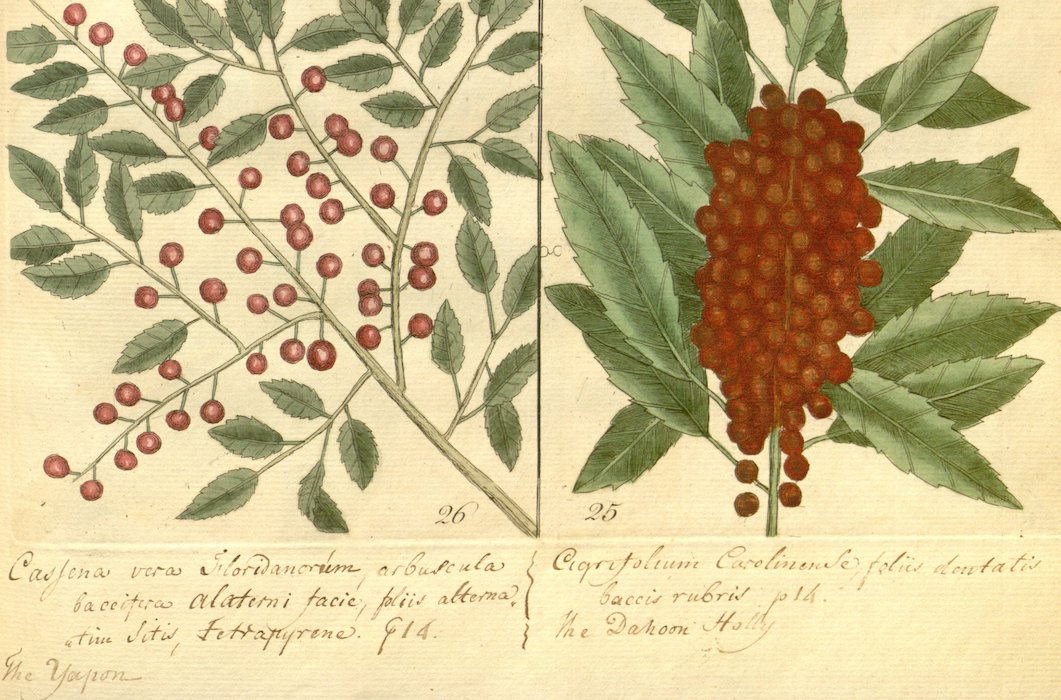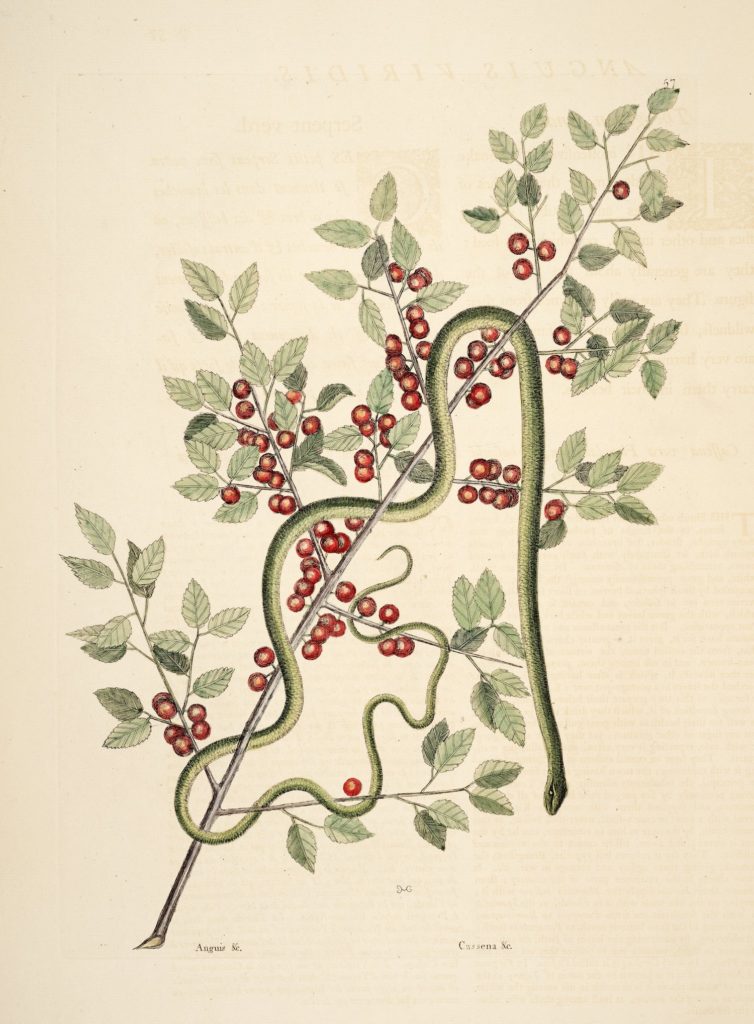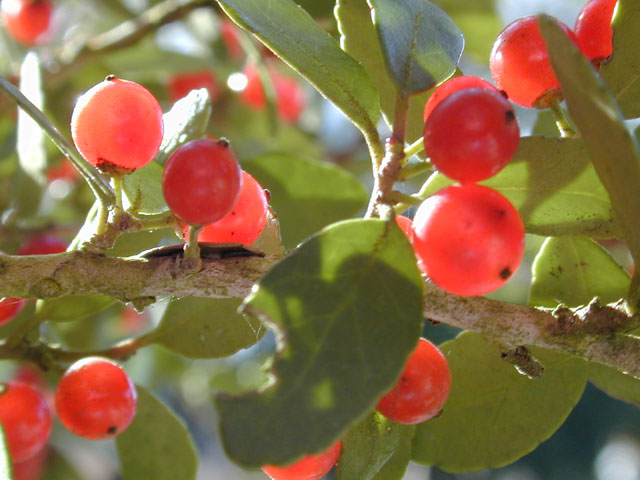
The Ogeechee and Canoochee Rivers are considered ‘blackwater’ rivers.
A blackwater river is typically a slow-moving waterway flowing through forests, swamps, or wetlands. As vegetation decays, tannins seep into the ground water or drain into lakes and streams, making a transparent, acidic water that is darkly stained, resembling black tea. Because of this blackwater rivers typically have a lower (more acidic) pH level.
Tannins are found commonly in the bark of trees, wood, leaves, buds, stems, fruits, seeds, and roots, and help to protect the individual plant species. For example, tannins stored in the bark of trees protect the tree from being infected by bacteria or fungi. Similar properties are extended to the waterways as it seeps into the river.
Additionally, less light penetration due to the darker water colors, means these waterways generally have less vegetation in the water. However, algae blooms can happen when there is a drought, which lowers the water level and allows sunlight to reach the bottom of the riverbed.

Tannins are also found in wine, tea, and berries, and are safe for human consumption. Historians note that early colonists and mariners would fill casks from blackwater rivers. In the days before treated water sources, it was a safer, healthier alternative. They didn’t understand that this water carried fewer microbes because of its chemical makeup, but they knew it worked.
Blackwater streams also have high levels of dissolved organic carbon (DOC) due to the breakdown of the same plant material that cause the tannins. Because of this, blackwater rivers usually have high levels of (harmless) bacteria that feed on the DOC, causing a low oxygen levels.
The term tannin is from the Latin tannum and refers to the use of oak and other bark in tanning hides into leather. Scientifically, it refers to any large polyphenolic compound that can form strong complexes with various macromolecules. These compounds are most commonly found in organic, plant-based items.

